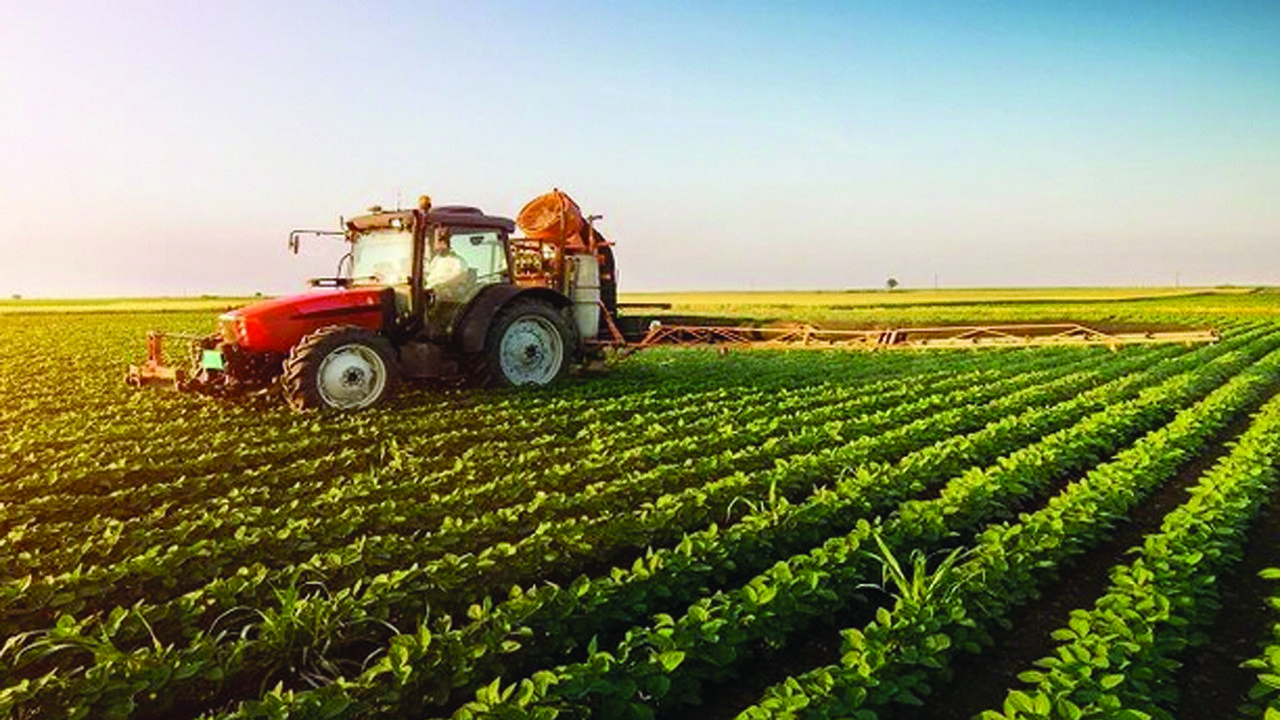
Financing the agroindustry is a critical component of ensuring sustainable agricultural development and food security. Agroindustry encompasses the entire value chain of agricultural production, from farming to processing, distribution, and retail. Adequate financing enables farmers and agribusinesses to invest in necessary inputs, technology, infrastructure, and innovation, leading to increased productivity, efficiency, and profitability. This article delves into the various aspects of agroindustry financing, including the types of financing available, challenges faced, and strategies for improving access to finance.
Importance of Financing in Agroindustry
Investment in Inputs and Technology: Adequate financing allows farmers to purchase high-quality seeds, fertilizers, and pesticides, as well as invest in modern farming equipment and technology. This leads to improved crop yields and better-quality produce.
Infrastructure Development: Financing is essential for developing infrastructure such as irrigation systems, storage facilities, transportation networks, and processing plants. Proper infrastructure reduces post-harvest losses, enhances value addition, and improves market access.
Risk Management: Agricultural production is subject to various risks, including weather fluctuations, pests, and market price volatility. Access to finance enables farmers to adopt risk management strategies such as crop insurance, diversification, and sustainable farming practices.
Value Chain Development: Financing supports the entire agricultural value chain, from production to processing, distribution, and retail. This helps in creating efficient supply chains, reducing waste, and increasing the overall value generated from agricultural products.
Sustainable Practices: Investment in sustainable agricultural practices and technologies, such as precision farming, organic farming, and renewable energy, requires substantial financing. These practices contribute to environmental conservation and long-term agricultural productivity.
Types of Financing for Agroindustry
Traditional Bank Loans: Commercial banks provide loans to farmers and agribusinesses for various purposes, including purchasing inputs, equipment, and land, as well as funding operational expenses. These loans typically require collateral and have fixed repayment terms.
Microfinance: Microfinance institutions offer small loans to farmers and rural entrepreneurs who may not qualify for traditional bank loans. Microfinance plays a crucial role in providing access to credit for smallholder farmers and women in agriculture.
Agricultural Cooperatives: Cooperatives pool resources from their members to provide financing for agricultural activities. They often offer better terms and lower interest rates than commercial banks and help in collective marketing and procurement.
Government Programs and Subsidies: Many governments provide financial support to the agricultural sector through subsidies, grants, low-interest loans, and credit guarantees. These programs aim to promote agricultural development and ensure food security.
Development Finance Institutions (DFIs): DFIs, such as the World Bank, International Fund for Agricultural Development (IFAD), and regional development banks, provide financing for large-scale agricultural projects, infrastructure development, and capacity-building initiatives.
Private Equity and Venture Capital: Private equity and venture capital firms invest in innovative agribusinesses and startups with high growth potential. These investments support the commercialization of new technologies and business models in the agroindustry.
Crowdfunding: Crowdfunding platforms enable farmers and agribusinesses to raise funds from a large number of individual investors. This approach leverages technology and social networks to mobilize capital for agricultural projects.
Challenges in Agroindustry Financing
Lack of Collateral: Many smallholder farmers lack the collateral required to secure traditional bank loans. This limits their access to credit and hinders their ability to invest in productivity-enhancing inputs and technologies.
High Transaction Costs: The cost of assessing creditworthiness, processing loans, and managing repayments can be high, especially for small loans in rural areas. These costs make it less attractive for financial institutions to lend to the agricultural sector.
Weather and Market Risks: Agricultural production is highly susceptible to weather-related risks, such as droughts and floods, as well as market price volatility. These risks increase the uncertainty and potential default rates for agricultural loans.
Limited Financial Literacy: Many farmers and rural entrepreneurs lack the financial literacy and business skills needed to effectively manage loans and make informed investment decisions. This can lead to poor financial management and higher default rates.
Weak Value Chains: Fragmented and inefficient value chains result in higher transaction costs, post-harvest losses, and lower profitability for farmers. Weak value chains limit the ability of farmers to access markets and finance.
Strategies to Improve Access to Finance
Innovative Financial Products: Developing financial products tailored to the needs of farmers, such as weather-indexed insurance, mobile banking, and asset-based lending, can improve access to finance. These products should address the specific risks and challenges faced by the agricultural sector.
Capacity Building and Financial Literacy: Providing training and capacity-building programs for farmers and agribusinesses can enhance financial literacy, improve business management skills, and increase creditworthiness. This can lead to better loan repayment rates and sustainable financial practices.
Strengthening Value Chains: Investing in value chain development, including infrastructure, logistics, and market linkages, can enhance the efficiency and profitability of agricultural enterprises. Strong value chains attract investment and improve access to finance.
Public-Private Partnerships (PPPs): Collaborations between the public and private sectors can mobilize resources, share risks, and leverage expertise to support agricultural development. PPPs can facilitate the implementation of large-scale projects and improve access to finance for smallholder farmers.
Digital Finance Solutions: Leveraging digital technologies, such as mobile banking, blockchain, and fintech platforms, can reduce transaction costs, improve transparency, and expand access to financial services in rural areas. Digital finance solutions can also enhance data collection and risk assessment.
Risk Mitigation Instruments: Developing and promoting risk mitigation instruments, such as crop insurance, weather-indexed insurance, and hedging mechanisms, can reduce the risks associated with agricultural lending. These instruments provide financial security for farmers and lenders.
Policy and Regulatory Support: Governments can create an enabling environment for agricultural finance by implementing supportive policies, improving regulatory frameworks, and providing incentives for financial institutions to lend to the agricultural sector.
Conclusion
Financing the agroindustry is essential for promoting agricultural productivity, sustainability, and food security. By addressing the unique challenges faced by the agricultural sector and implementing innovative strategies, financial institutions, governments, and development organizations can enhance access to finance for farmers and agribusinesses. This, in turn, will contribute to the overall growth and development of the agroindustry, ensuring a stable and prosperous future for rural communities and the global economy.


